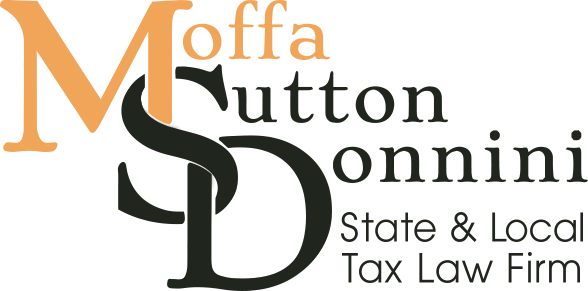NEWS & INSIGHTS


In a ruling that underscores the rigid boundaries of California’s sales tax exemptions, the California Court of Appeal for the First Appellate District rejected Medtronic USA, Inc.’s attempt to classify its implantable cardiac monitoring devices as tax-exempt “medicines.” The decision in Medtronic USA, Inc. v. California Department of Tax and Fee Administration (No. A169290, filed April 16, 2025) reaffirms the principle that tax exemptions are matters of legislative grace—strictly construed against the taxpayer—and draws a sharp line between diagnostic devices and those that directly assist the functioning of human organs.
The Product at Issue: RICMs
Medtronic manufactures two types of insertable cardiac monitors known as RICMs (Reveal Insertable Cardiac Monitors). These are small, subcutaneous, headless devices implanted in a patient’s chest to continuously record electrocardiograms (ECGs). The monitors are designed to detect abnormal heart rhythms and provide data that physicians use to diagnose arrhythmias in patients with transient or unexplained symptoms.
Medtronic contended that RICMs should be exempt from California sales tax under Revenue and Taxation Code § 6369 and the accompanying Regulation 1591, which together exempt certain “medicines” from taxation. Specifically, Medtronic sought a refund of $3,329,195.79 in sales tax collected on the sale of these devices.
The Statutory Framework: What Qualifies as “Medicine”?
Revenue and Taxation Code § 6369 broadly defines “medicines” as substances or preparations used in the diagnosis, cure, mitigation, treatment, or prevention of disease. However, subdivision (b) of the statute excludes from this definition a wide range of items, including:
“Articles that are in the nature of splints, bandages, pads, compresses, supports, dressings, instruments, apparatus, contrivances, appliances, devices, or other mechanical, electronic, optical, or physical equipment or article.”
Further, subdivision (c) contains a narrow carve-out for certain devices that are considered “medicines,” specifically those that are:
Permanently implanted in the human body, and
Assist the functioning of any natural organ, artery, vein, or limb.
Examples in the statute include pacemakers, bone screws, and bone pins. Medtronic argued that its RICMs met both requirements and thus fell within the statutory exemption.
The Court’s Reasoning: Diagnostic ≠ Assistive
The court affirmed the trial court’s summary judgment in favor of the California Department of Tax and Fee Administration (CDTFA), holding that RICMs do not qualify as exempt “medicines.”
1. Devices Are Generally Excluded
The court emphasized that RICMs are clearly “devices” under § 6369(b)(2)—a term specifically excluded from the definition of “medicines.” The devices’ primary function is to record heart rhythms, not to treat or correct them. As the Tax Department argued, and the court agreed, “diagnostic equipment” like the RICMs is not entitled to exemption because it does not assist the functioning of a natural organ in the statutory sense.
2. Permanently Implanted—but Not Functionally Assistive
Medtronic leaned heavily on § 6369(c)(2), which includes within the definition of “medicines” devices that are “permanently implanted… to assist the functioning of any natural organ.” The company analogized its RICMs to pacemakers, which are exempt.
However, the court rejected this comparison. Unlike pacemakers, which actively regulate heart rhythm, RICMs passively observe and record data. They serve a diagnostic—not therapeutic—function and do not directly assist in the physiological operation of the heart. Accordingly, the court held that the monitors fell outside the scope of the exemption in subdivision (c)(2).
3. Medtronic’s Use of Ejusdem Generis Falls Flat
Medtronic invoked the canon of ejusdem generis, arguing that the devices listed in the exemption statute (e.g., splints, pads, bandages) are all externally applied and temporary, and that implanted monitors should therefore be treated differently.
The court disagreed, noting that the statute’s inclusion of internal devices like pacemakers shows that internal application alone does not justify exemption. The judges concluded that ejusdem generis could not override the plain legislative language excluding devices from the general exemption unless they fell squarely within the narrow carve-out in subdivision (c).
4. Regulation Cannot Expand a Statute
Medtronic also pointed to language in Regulation 1591, which extends the exemption to certain permanently implanted articles that “mark the location of a medical condition.” The court declined to reach whether this regulation improperly broadened the statute, holding instead that even if the regulation applied, Medtronic had failed to demonstrate that the RICMs met its standard.
Moreover, the court reiterated that tax exemptions must be grounded in the statute, not in agency regulation. “Regulation 1591 cannot ride to the rescue,” the court noted dryly.
5. Strict Construction Controls
In rejecting Medtronic’s claim, the court leaned heavily on the principle of strict construction of tax exemptions. Courts presume that items are taxable unless a clear statutory exemption applies. Any ambiguity favors the taxing authority. As the court put it: “[Medtronic’s] touches are too tenuous to establish the firm basis needed for an exemption.”
Takeaways for Tax and Healthcare Professionals
The decision in Medtronic serves as a cautionary tale for medical device manufacturers and sales tax practitioners alike:
Implantation Alone Is Not Enough: Even devices permanently placed inside the body must directly aid in organ function to qualify for exemption.
Diagnostic Tools Are Taxable: Devices that collect data for physician interpretation, even when life-saving, are generally not considered tax-exempt under California law.
Statutory Language Reigns Supreme: Regulatory language and interpretive arguments will not overcome the plain language of the Revenue and Taxation Code.
Legislative Clarity Matters: If exemptions for advanced medical devices are desirable, they must be clearly spelled out by statute.
Conclusion
Medtronic’s attempt to characterize its cutting-edge RICMs as tax-exempt “medicines” fell short under California law. The case reinforces the narrow construction of exemptions in California’s sales tax framework and highlights the difficulty taxpayers face when seeking to align modern technology with outdated statutory language. As states continue grappling with how to apply sales tax rules to an ever-evolving digital and medical economy, cases like this will serve as important guideposts.
© 2025 Jeanette Moffa. All Rights Reserved.
Share
Additional Articles by the SALTy Orange at Moffa Tax Law:
NEWS & INSIGHTS Inside the FTA’s May 2025 Committee Report: What State Tax Officials Are Watching Inside the FTA’s May…
NEWS & INSIGHTS State Conformity with the BBA Partnership Audit Rules: Where Are We in 2025? State Conformity with the…
How Florida’s Sales Tax Auditors Target Convenience Stores (and What You Can Do About It)”
NEWS & INSIGHTS How Florida’s Sales Tax Auditors Target Convenience Stores (and What You Can Do About It) Florida Department…

Jeanette Moffa, Esq.
(954) 800-4138
JeanetteMoffa@MoffaTaxLaw.com
Jeanette Moffa is a Partner in the Fort Lauderdale office of Moffa, Sutton, & Donnini. She focuses her practice in Florida state and local tax. Jeanette provides SALT planning and consulting as part of her practice, addressing issues such as nexus and taxability, including exemptions, inclusions, and exclusions of transactions from the tax base. In addition, she handles tax controversy, working with state and local agencies in resolution of assessment and refund cases. She also litigates state and local tax and administrative law issues.


